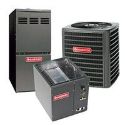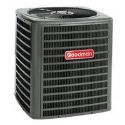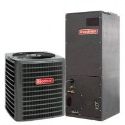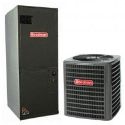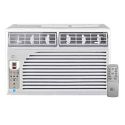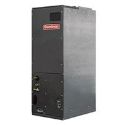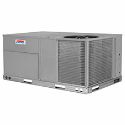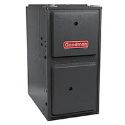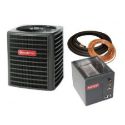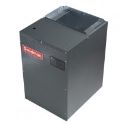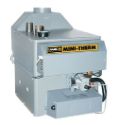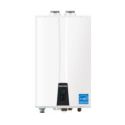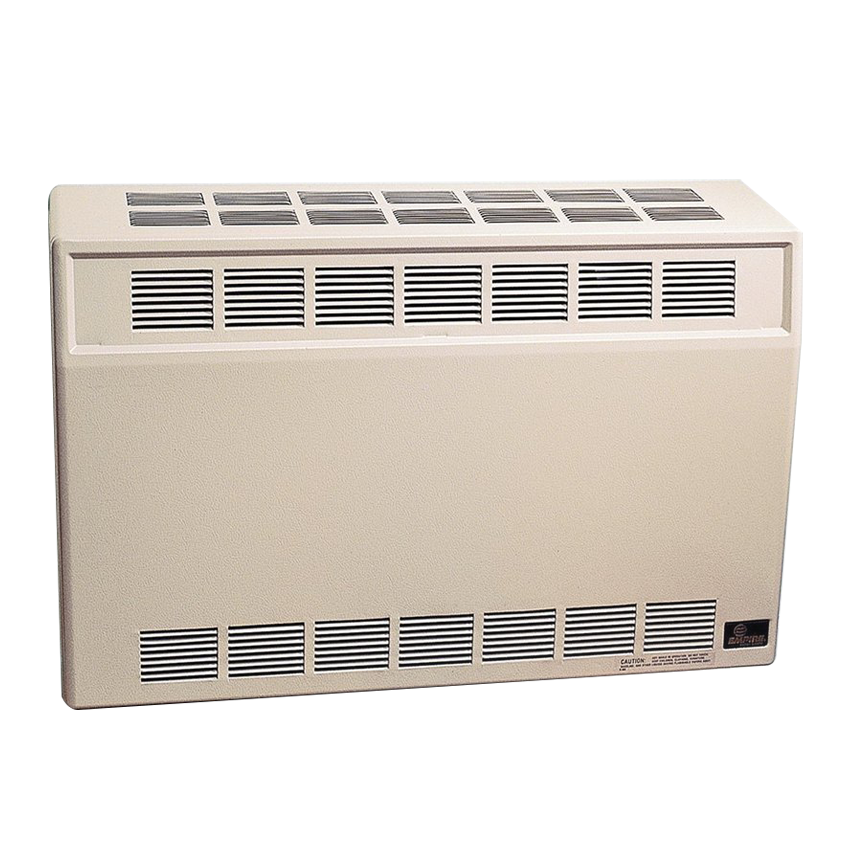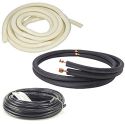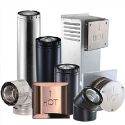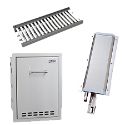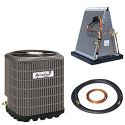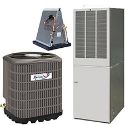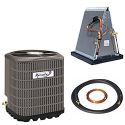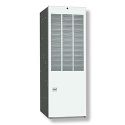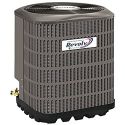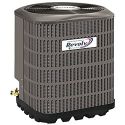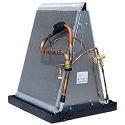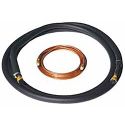Whether looking at gas fireplaces, gas logs, gas inserts, or freestanding gas stoves, you will most likely come across the terms- Millivolt and Intermittent Pilot (also commonly referred to as electronic ignition). These are two different ignition systems gas appliance manufacturers use to light the burner of the appliance. They also include safety features so that you can feel safe in knowing that in the rare chance that something malfunctions, the unit will shut down before anything negative can happen.
Millivolt- Millivolt ignition systems are one of the most proven types of ignition systems in the fireplace industry. A millivolt ignition needs a pilot light lit to work. Follow the manufacturers instructions for how to light the pilot light. For the pilot light to remain lit, there is a safety feature called a thermocouple that when heated keeps the pilot light lit. The pilot flame is also directed to another sensor called a thermopile. The thermopile is responsible for producing enough voltage so that the valve system can operate with a wall switch, remote control, or a thermostat.If either the thermocouple or thermopile do not read the proper voltage that should be produced with a good pilot light, they shut the system down.
Pro- It is field proven technology that very rarely has service issues.If there is an issue, since the technology has been around for so long, many types of contractors can diagnose and repair them.
Con- It operates with a standing pilot light which costs somewhere between $10 and $20 a month depending on the fuel you use.
Intermittent Pilot/Electronic Ignition- Intermittent pilot systems are a newer technology. Their function is to light the main burner without having a pilot light running. A switch, remote or thermostat can be used with this system. They have an ignition module that when turned on, lights the pilot light. The pilot light contacts a sensor in the path of the flame. This sensor sends a signal back to the control module that the pilot is light. It then shuts of the igniter and lights the main burner. If the sensor does not sense the pilot light, it will not continue to the next stage of turning off the igniter and turning the main burner gas on. Intermittent pilot ignitions typically run on a 6-volt system. A 6-volt transformer normally plugs into a 120V outlet in the utility cavity of the fireplace. In the case of a power outage, they have a battery back up system that usually runs on 4 AA batteries. Most fireplaces can run from weeks to months on the back up batteries depending on usage.
Pro- They save you somewhere between $10 and $20 a month and produce less pollutants.
Con- They are a more sophisticated system. If service is required, it needs to be done by a qualified technician.
Conclusion- Both systems have their ups and downs. Both systems provide you with the piece of mind that the appliance you purchase has a built-in safety system. Typically because the electronic ignition systems are more sophisticated they will cost a bit more. Otherwise, both are easy to use and allow you to use your appliance very easily with the flip of a switch, push of a button, or adjusting the thermostat.
 Shopping Cart
Shopping Cart


